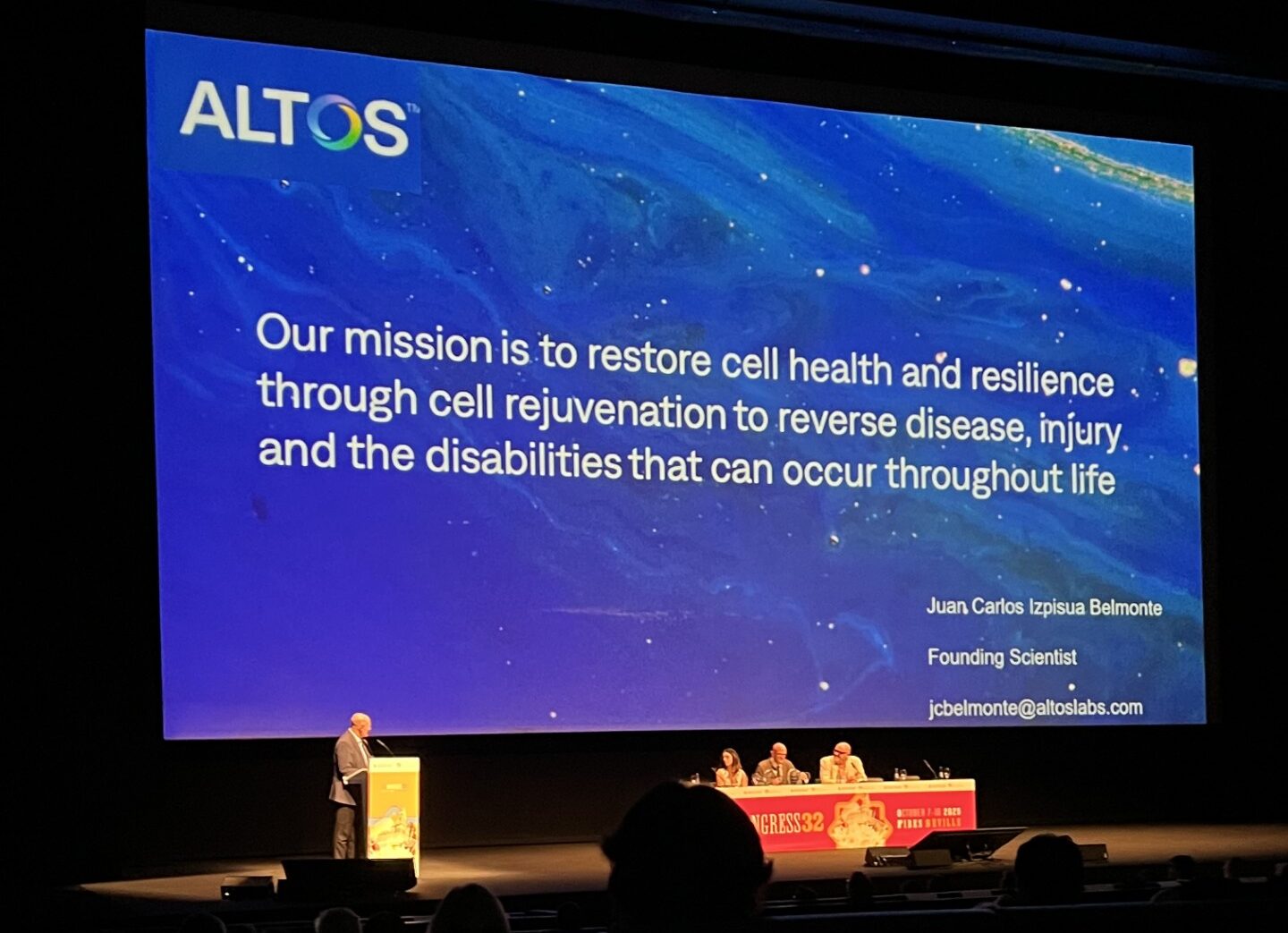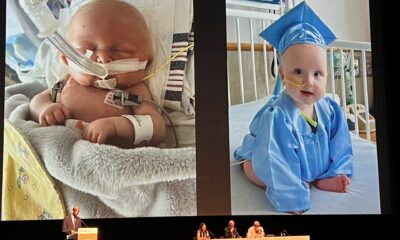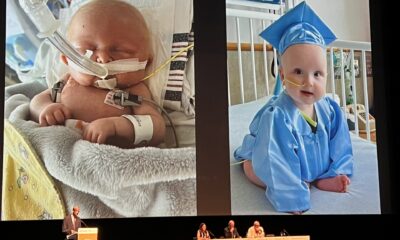Science
Altos Labs Founder Juan Carlos Izpisúa Belmonte Discusses Aging Research

During the European Society of Gene and Cell Therapy (ESGCT) conference in Seville, renowned Spanish stem cell biologist Juan Carlos Izpisúa Belmonte, PhD, delivered a keynote address focusing on the concept of “mesenchymal drift” in relation to aging and disease. This presentation comes as interest in Izpisúa Belmonte’s research, particularly his work with Altos Labs, has surged since the company launched in January 2022 with a significant funding of $3 billion, largely from investor Yuri Milner.
Izpisúa Belmonte’s talk, which was well-received without the crowd control issues that marred a previous presentation in Boston, opened with a slide addressing potential conflicts of interest related to his affiliation with Altos Labs. The lab’s mission focuses on restoring health through cell rejuvenation to combat diseases and disabilities that arise with aging.
Understanding Aging Through Buffer Capacity
One of the key concepts presented was the “buffer capacity” of cells. This term describes the ability of a cell or organism to manage stress and maintain resilience, which tends to decline as cells age. Izpisúa Belmonte highlighted that while the risk of disease increases with age, the decline in buffer capacity is a critical factor in the onset of aging-related diseases.
He referenced research by David Liu, PhD, and Francis Collins, MD, PhD, demonstrating how base editing techniques have been applied to treat mouse models of Hutchinson-Gifford progeria. This rare genetic disorder typically leads to premature death in childhood due to atherosclerosis. According to Izpisúa Belmonte, repairing the genetic mutations that cause aging involves not just damage control but also enhancing the organism’s buffer capacity, potentially slowing the aging process itself.
In his address, he noted that one of the hallmarks of human aging is epigenetic alterations, specifically changes in chromatin structure from ‘closed’ to ‘open’ states. This is evident in conditions such as progeria, where markers of chromatin modification diminish.
Mesenchymal Drift and Its Implications
Izpisúa Belmonte introduced the concept of “mesenchymal drift” as a crucial focus of his research. His team recently published findings in the journal Cell, outlining how aging is associated with increased expression of mesenchymal genes across various human tissues. They found that after administering Yamanaka reprogramming factors, chromatin structure transitioned towards a more closed state, suggesting a reversal of age-related changes.
The epithelial-mesenchymal transition (EMT), which is crucial during embryonic development, can lead to diseases if it becomes maladaptive. Izpisúa Belmonte pointed out that EMT is the primary pathway upregulated during aging and many diseases. He asserted that mesenchymal drift should be viewed as a maladaptive program that extends throughout the organism, rather than simply a symptom of aging.
In diseases such as idiopathic fibrosis, higher mesenchymal gene expression correlates with poorer survival outcomes. Conversely, individuals with lower expression levels demonstrate significantly longer survival times. Izpisúa Belmonte’s research indicates that mesenchymal drift may even occur prior to the full manifestation of diseases like colon cancer, serving as an important diagnostic marker.
In collaboration with nephrologist Josep Campistol, MD, Izpisúa Belmonte’s lab has explored the potential for rejuvenating aged donor kidneys before transplantation, with promising results showing enhanced survival rates in experimental models. These findings signal a possible clinical application in organ reprogramming, particularly in Spain, which has a robust organ donation and transplantation program.
As research continues to unfold, the implications of enhancing buffer capacity, chromatin reprogramming, and understanding mesenchymal drift provide a hopeful outlook for addressing the challenges of aging and improving health outcomes related to various diseases. The advancements from Izpisúa Belmonte’s work at Altos Labs underscore a growing interest in innovative approaches to combat aging and disease.
-

 Technology5 months ago
Technology5 months agoDiscover the Top 10 Calorie Counting Apps of 2025
-

 Technology2 weeks ago
Technology2 weeks agoOpenAI to Implement Age Verification for ChatGPT by December 2025
-

 Health3 months ago
Health3 months agoBella Hadid Shares Health Update After Treatment for Lyme Disease
-

 Health3 months ago
Health3 months agoErin Bates Shares Recovery Update Following Sepsis Complications
-

 Technology4 months ago
Technology4 months agoDiscover How to Reverse Image Search Using ChatGPT Effortlessly
-

 Health3 months ago
Health3 months agoAnalysts Project Stronger Growth for Apple’s iPhone 17 Lineup
-

 Technology3 months ago
Technology3 months agoElectric Moto Influencer Surronster Arrested in Tijuana
-

 Technology1 month ago
Technology1 month agoDiscover 2025’s Top GPUs for Exceptional 4K Gaming Performance
-

 Technology5 months ago
Technology5 months agoMeta Initiates $60B AI Data Center Expansion, Starting in Ohio
-

 Technology5 months ago
Technology5 months agoRecovering a Suspended TikTok Account: A Step-by-Step Guide
-

 Health5 months ago
Health5 months agoTested: Rab Firewall Mountain Jacket Survives Harsh Conditions
-

 Lifestyle5 months ago
Lifestyle5 months agoBelton Family Reunites After Daughter Survives Hill Country Floods

















